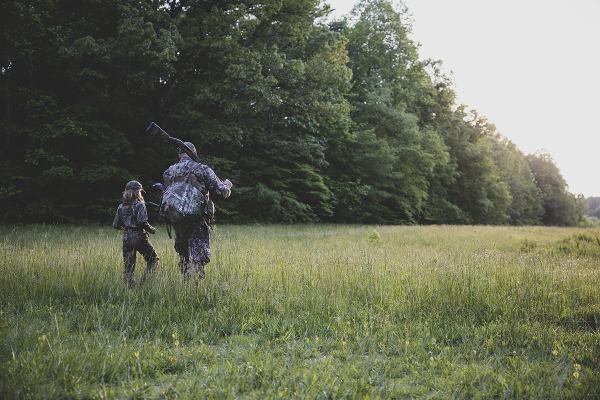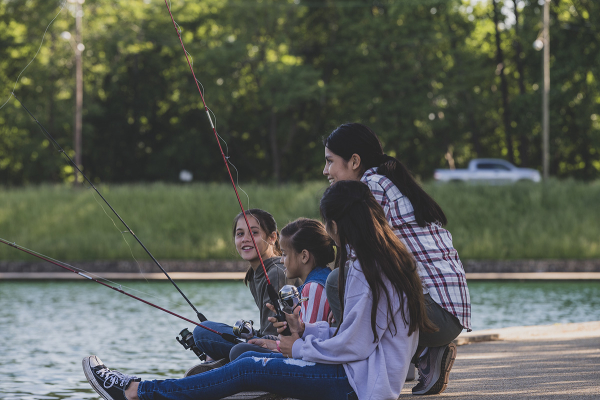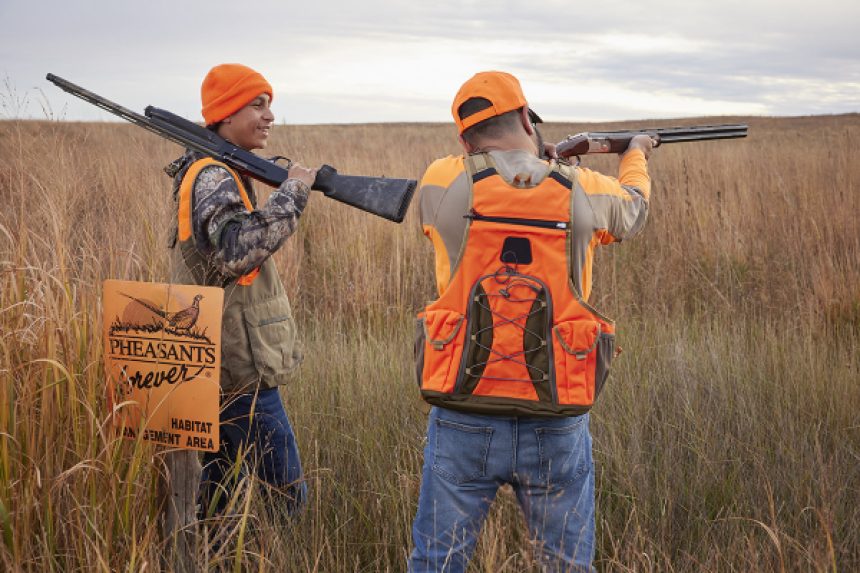By Cindy Sandoval, USFWS
Established in 1972, National Hunting and Fishing Day falls on the fourth Saturday in September. It’s a day of celebration, but not for celebration’s sake alone. It’s a reminder of how hunters and anglers helped build the foundation of modern wildlife management in America. Outdoor pursuits like hunting and fishing, away from the hum of traffic and the grind of full calendars, connect people with nature. And this connection carries with it a responsibility. Ask any hunter or angler and they’ll tell you their outdoor pursuits are not just about leisure. It’s the preparation, the patience, and the connection to something bigger. It’s about harvesting food for family and community. It is about mental and physical health. It’s about a deep respect for the species they pursue and the habitats that support them.

Hunters and anglers are often looking forward, to the next trip, next season, and next generation. This conservation heritage is often passed from generation to generation, not just the techniques, but the values of stewardship, sustainability, and gratitude for the natural world. Long before the inaugural National Hunting and Fishing Day took place, support from hunting and angling groups helped pass the Pittman-Robertson Act of 1937 and its aquatic counterpart, the Dingell-Johnson Act of 1950. Through these landmark pieces of legislation, a manufacturers federal excise tax on firearms, ammunition, select archery equipment, fishing tackle, and motorboat fuel has channeled billions of dollars directly into state fish and wildlife agencies for conservation and stewardship. Today, our Nation’s healthy fish and wildlife populations are the result of these federal excise taxes and the license, stamps, and permit fees paid by hunters and anglers. In 2025 alone these federal excise tax funds, administered by the Office of Conservation Investment, apportioned $1.3 billion to state fish and wildlife agencies to preserve public access, manage wildlife populations, and educate new outdoor enthusiasts through hunter education and aquatic education courses. The 2022 National Survey of Fishing, Hunting, and Wildlife-Associated Recreation, which offers a snapshot view of participation rates of select outdoor pastimes, found that 49 million U.S. residents fished and 14.4 million hunted. But numbers only tell part of the story. These outdoor pursuits often bring together family and friends to create lasting memories.

There’s the parents and kids fishing off a wooden dock, where the only thing louder than the cicadas is the excited shriek when landing a fish. There’s the first-time duck hunter watching the sun rise over their decoys. There’s the seasoned bowhunter in a tree stand, heart pounding and waiting for a deer to pass. On National Hunting and Fishing Day, the Office of Conservation Investment celebrates them all. We celebrate the mentors who teach with patience, the biologists who manage with science, the land managers who steward with care, and the manufacturers whose federal excise tax make this possible. We celebrate the idea that wild places still matter and that they matter most when they’re filled with life, both wild and human. The industry-state-federal partnership created through the Pittman-Roberston and Dingell-Johnson Act means that the woods are open, the streams are calling, and the legacy of conservation through hunting and fishing remains strong.

